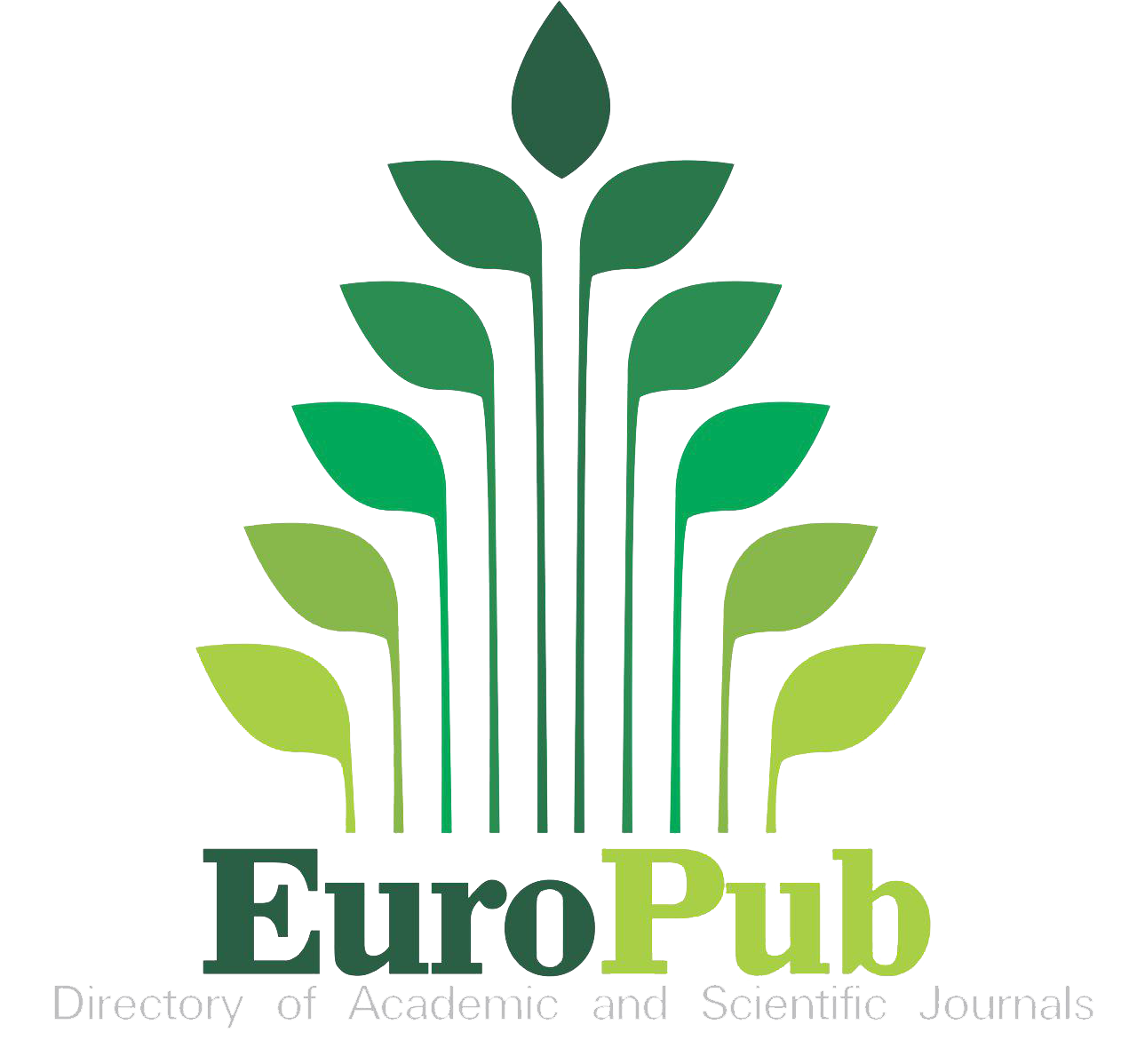Machine Learning-Driven Body Composition Analysis for Predicting Clinical Outcomes
DOI:
https://doi.org/10.60087/jklst.v4.n3.006Abstract
This research article explores the application of machine learning techniques in analyzing body composition metrics to predict clinical outcomes. By leveraging advanced algorithms and large datasets, the study aims to improve the accuracy of body composition assessments, which are crucial for personalized medicine and effective treatment plans. The findings suggest a significant correlation between machine learning-derived body composition metrics and various clinical outcomes, demonstrating the potential of these technologies in enhancing healthcare delivery.
Downloads
References
. Smith AA, et al. Nature Med. 2022. Adipose radiodensity as a biomarker of systemic inflamma-tion.
. Prado CMM, et al. Lancet Oncol. 2008. The CT-defined sarcopenia cutoffs (foundational).
. He K, et al. IEEE TPAMI. 2020. nnU-Net framework for medical image segmentation.
. Lundberg SM, Lee SI. NeurIPS. 2017. SHAP values for model interpretability.
. Katzman JL, et al. JMLR. 2018. DeepSurv: Cox proportional hazards deep networks.
. Shen W, et al. Obesity. 2014. SliceOmatic val-idation for body composition.
. Wong A, et al. JAMA Surg. 2023. Myosteatosis and postoperative mortality (external validation).
. Van Griethuysen JJM, et al. Cancer Res. 2017. PyRadiomics for feature extraction.
. Vickers AJ, et al. J Clin Oncol. 2008. Decision curve analysis methodology.
. Pencina MJ, et al. Stat Med. 2011. Net reclas-sification improvement (NRI) framework.
. Isensee F, et al. Nat Commun. 2021. nnU-Net for abdominal CT segmentation (SOTA).
. Garcia SN, et al. J Cachexia Sarcopenia Muscle. 2020. Phenotypic subtyping of cachexia.
. Bello GA, et al. Eur Heart J. 2020. Trans-former architectures for clinical time-series.
. FDA Draft Guidance. 2023. Software as a Medical Device (SaMD) for radiology AI.
. Clark JM, et al. NEJM. 2024. Obesity para-dox re-evaluation (contemporary context).
Downloads
Published
Issue
Section
License
Copyright (c) 2025 Journal of Knowledge Learning and Science Technology ISSN: 2959-6386 (online)

This work is licensed under a Creative Commons Attribution 4.0 International License.
©2024 All rights reserved by the respective authors and JKLST.








